Food Marketing Report: Developing Food Trends and Industry Challenges
VerifiedAdded on 2022/10/11
|12
|812
|22
Report
AI Summary
This report examines the global food system, highlighting key issues such as unequal access to food markets and the environmental impact of intensive farming. It explores opportunities within the food industry, emphasizing the strengths of the Australian food industry, including its skilled workforce, high-quality raw materials, and food safety standards. The report also addresses challenges, such as the demand for ingredient traceability, consumer health concerns, and resistance to change within the industry. Key references include studies on food safety, supply chain sustainability, and consumer behavior, providing a comprehensive overview of the evolving food marketing landscape and its implications for businesses and consumers alike. The report emphasizes the need for the food industry to adapt to changing consumer demands and embrace innovation to remain competitive.
1 out of 12

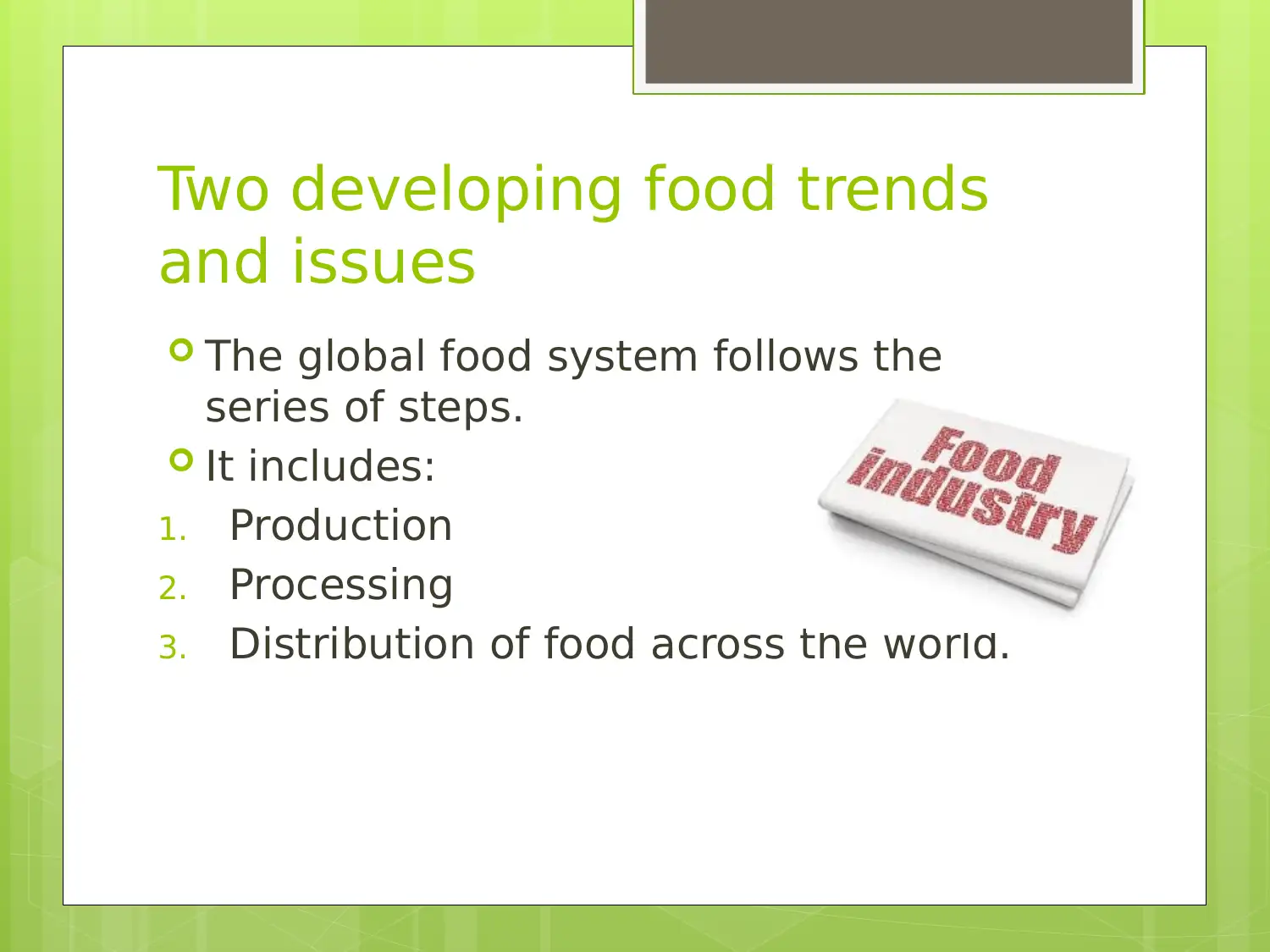
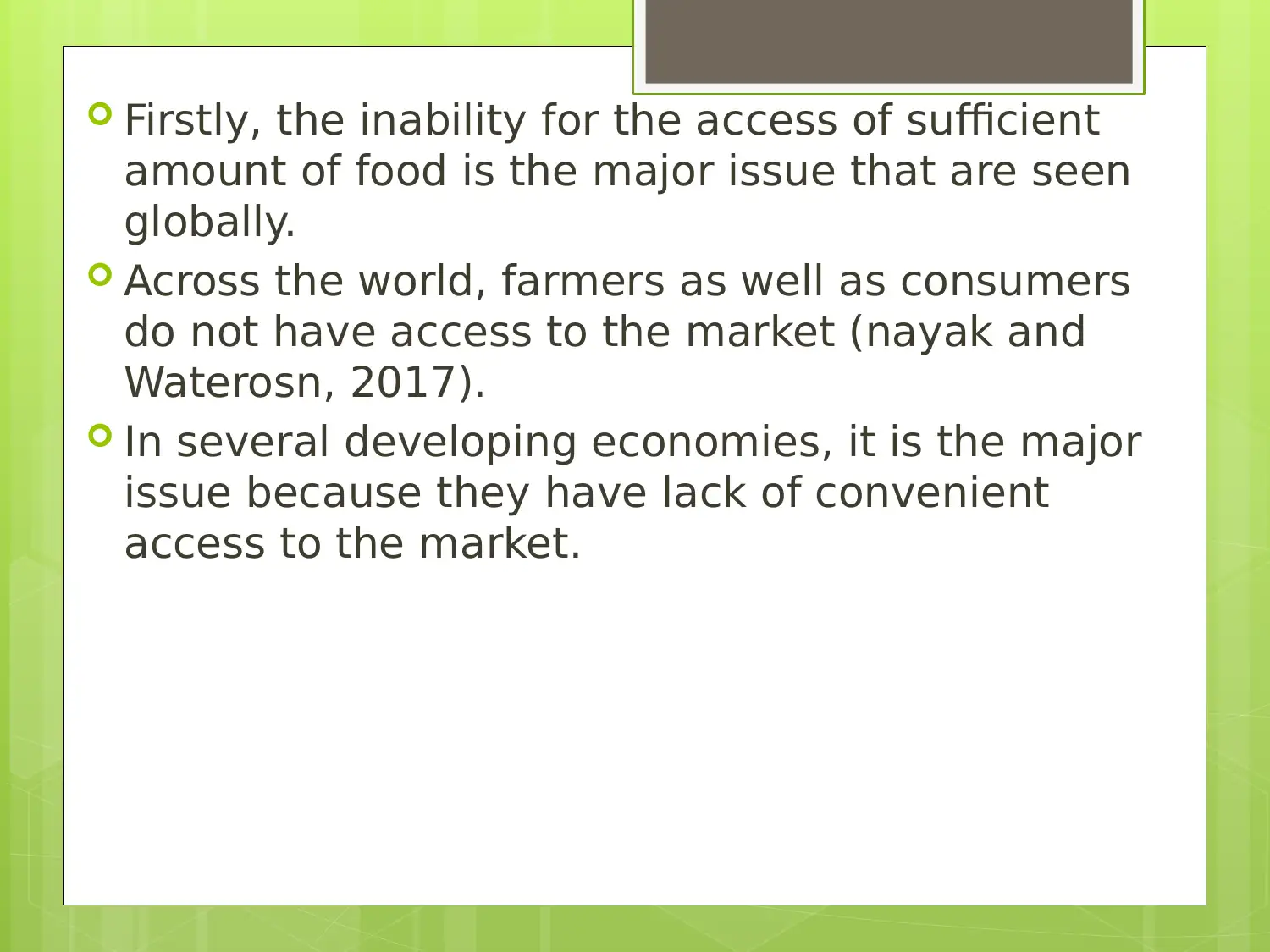

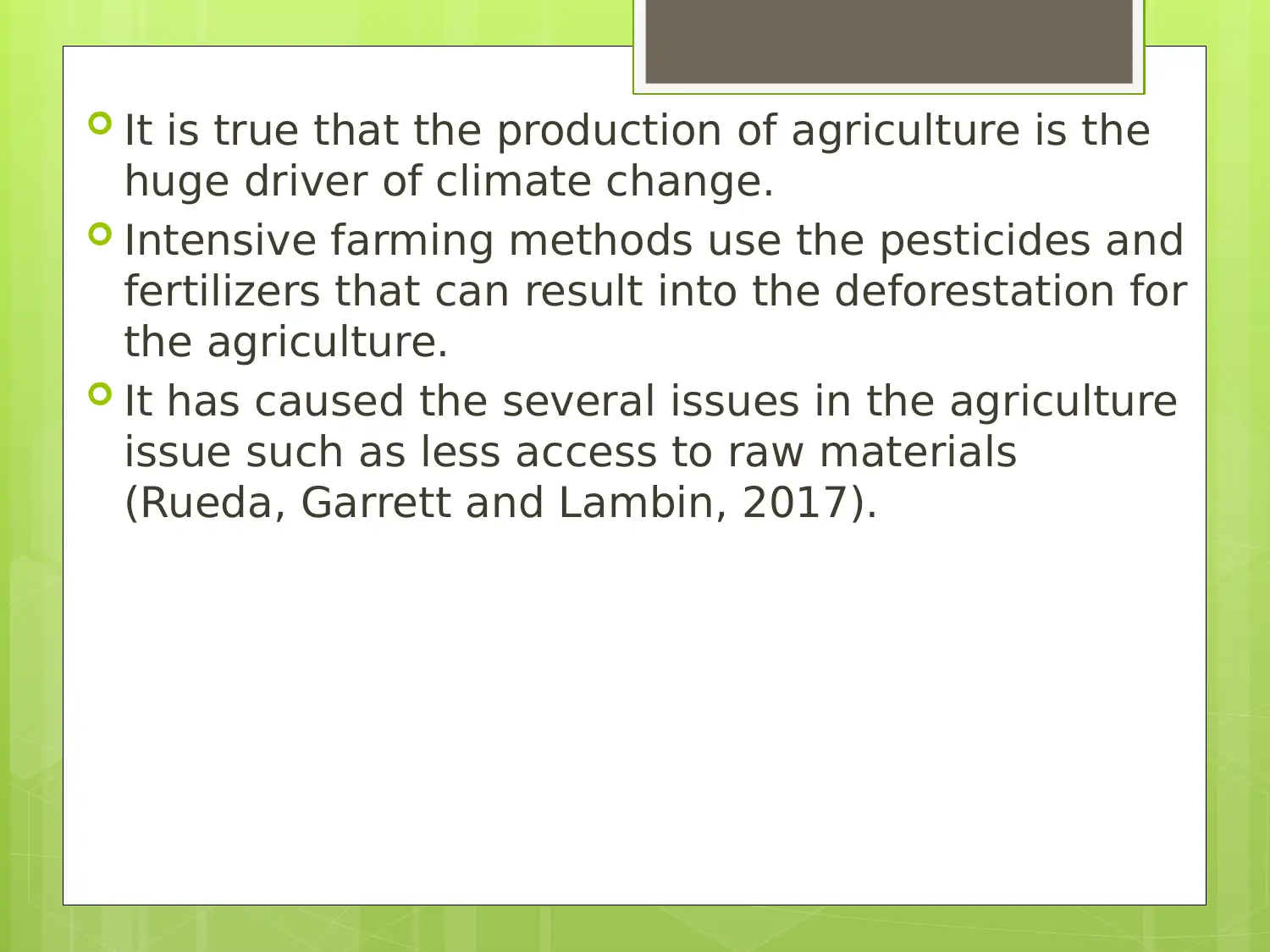
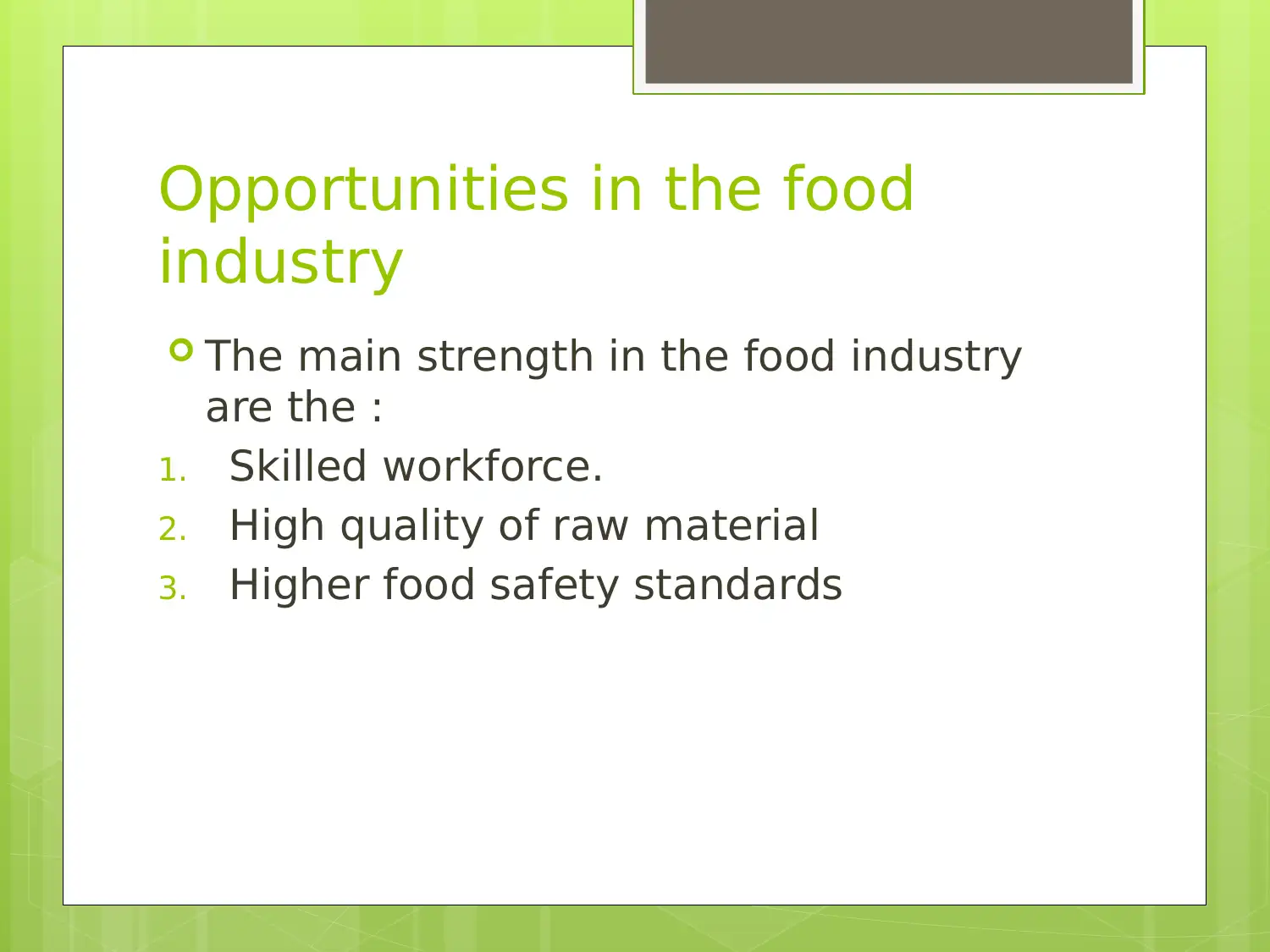
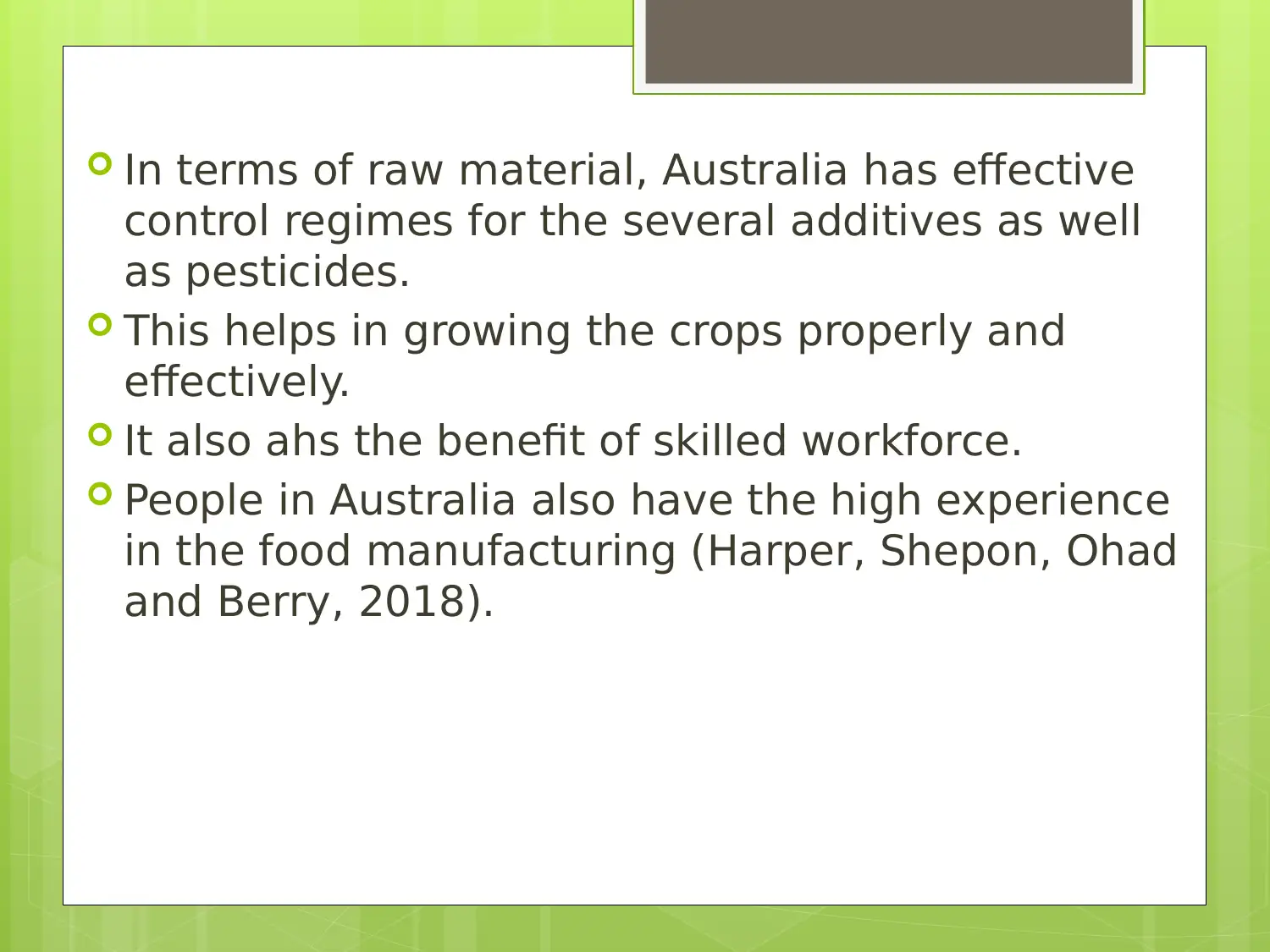
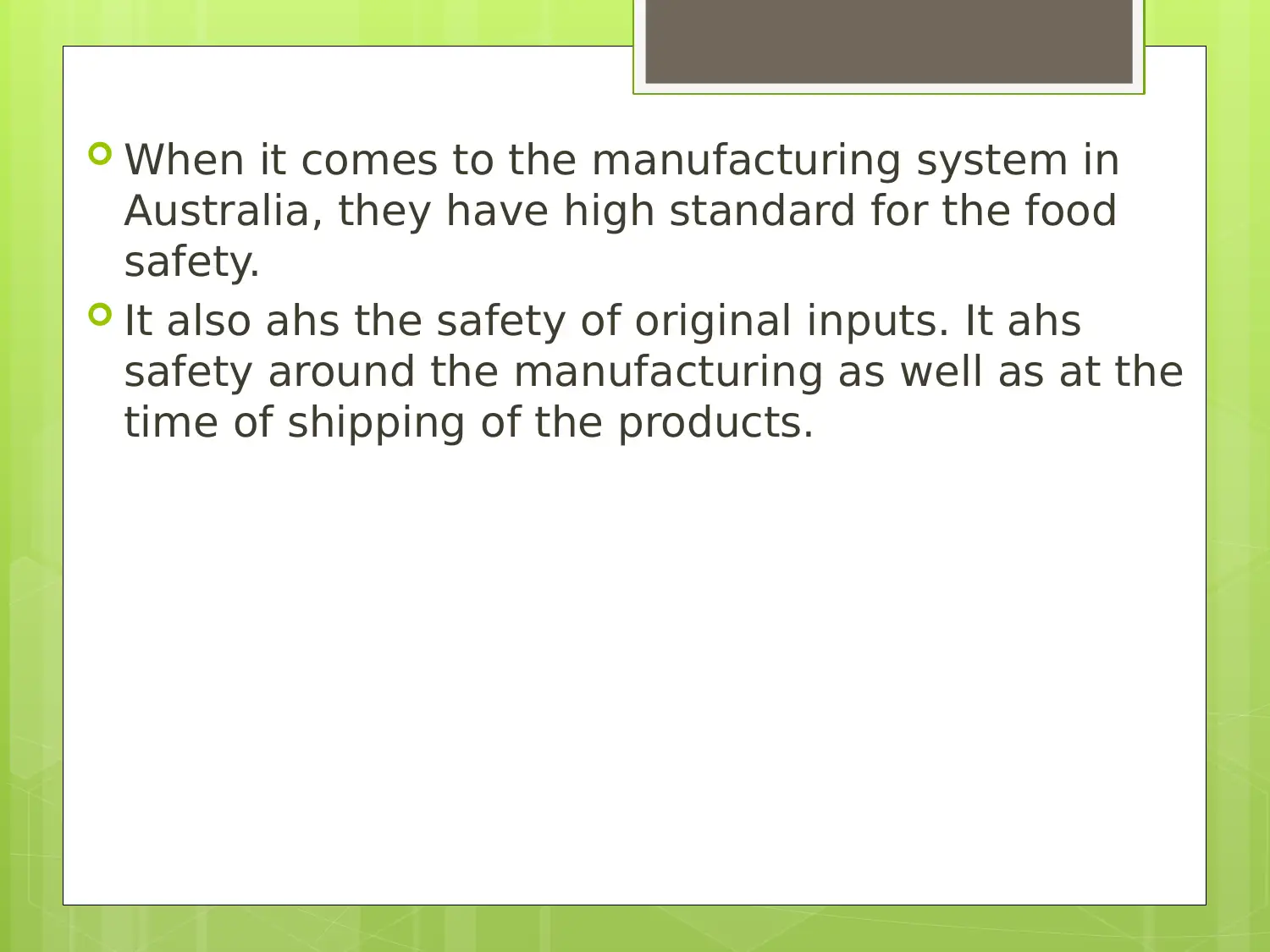
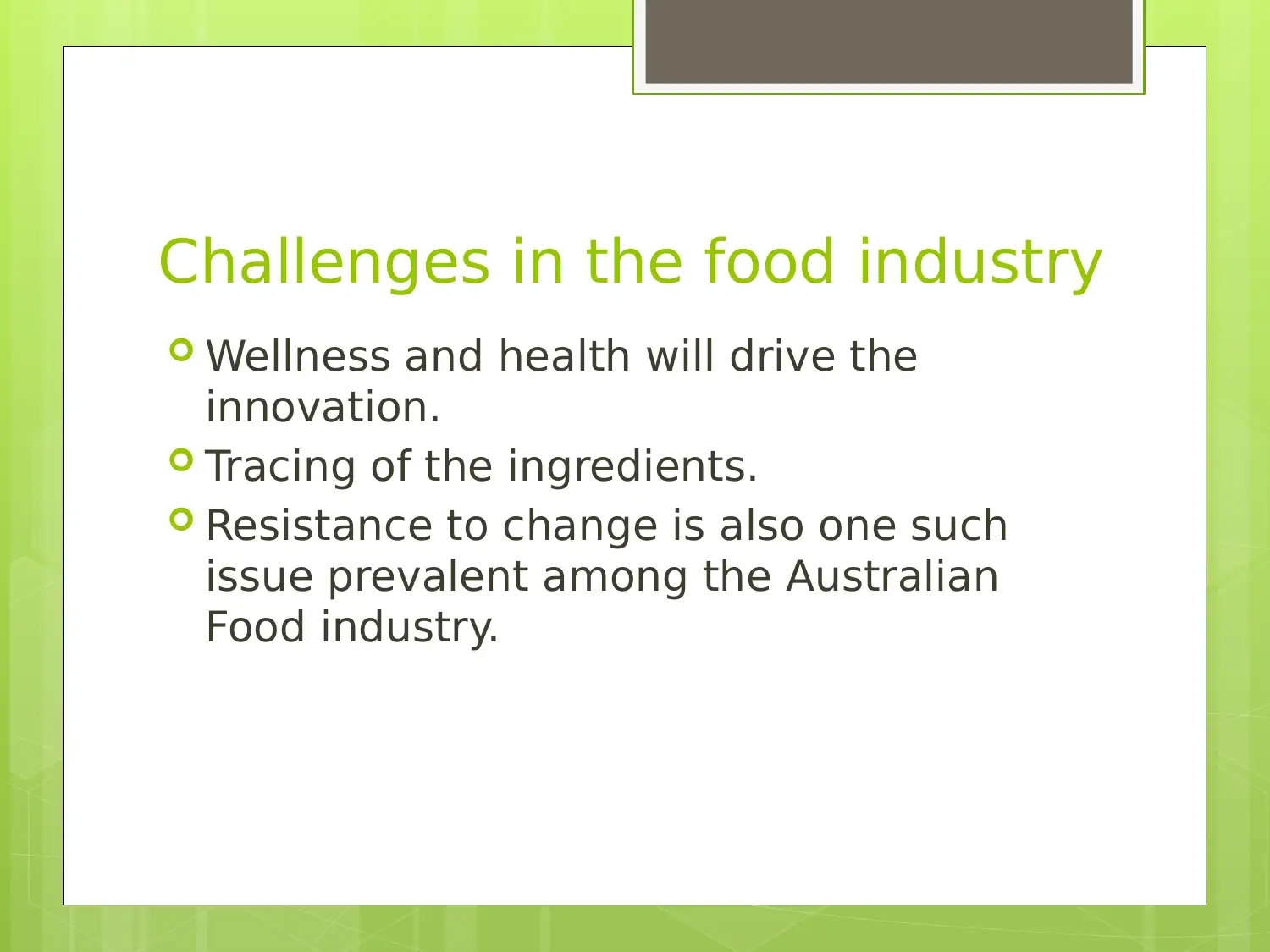
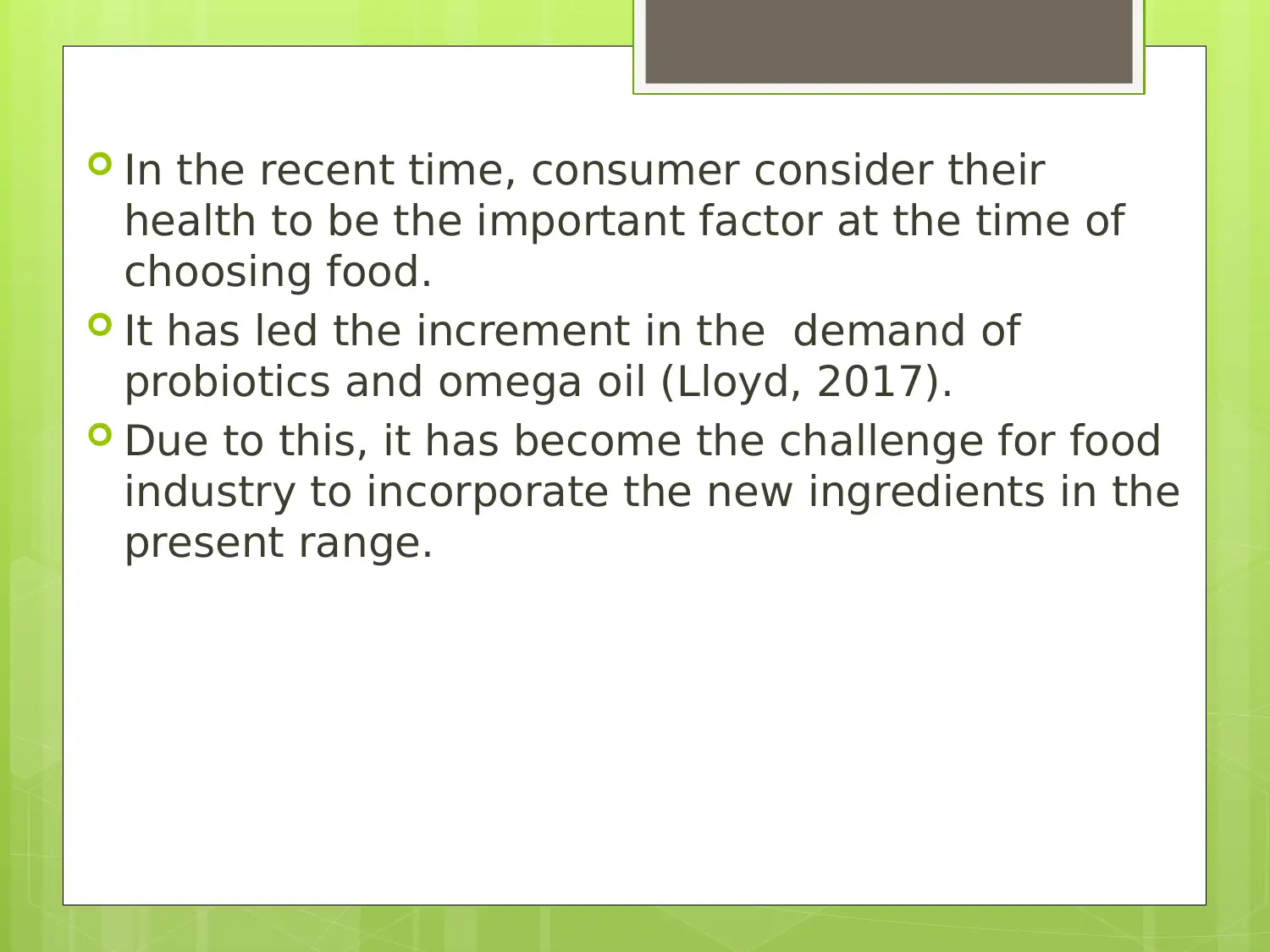
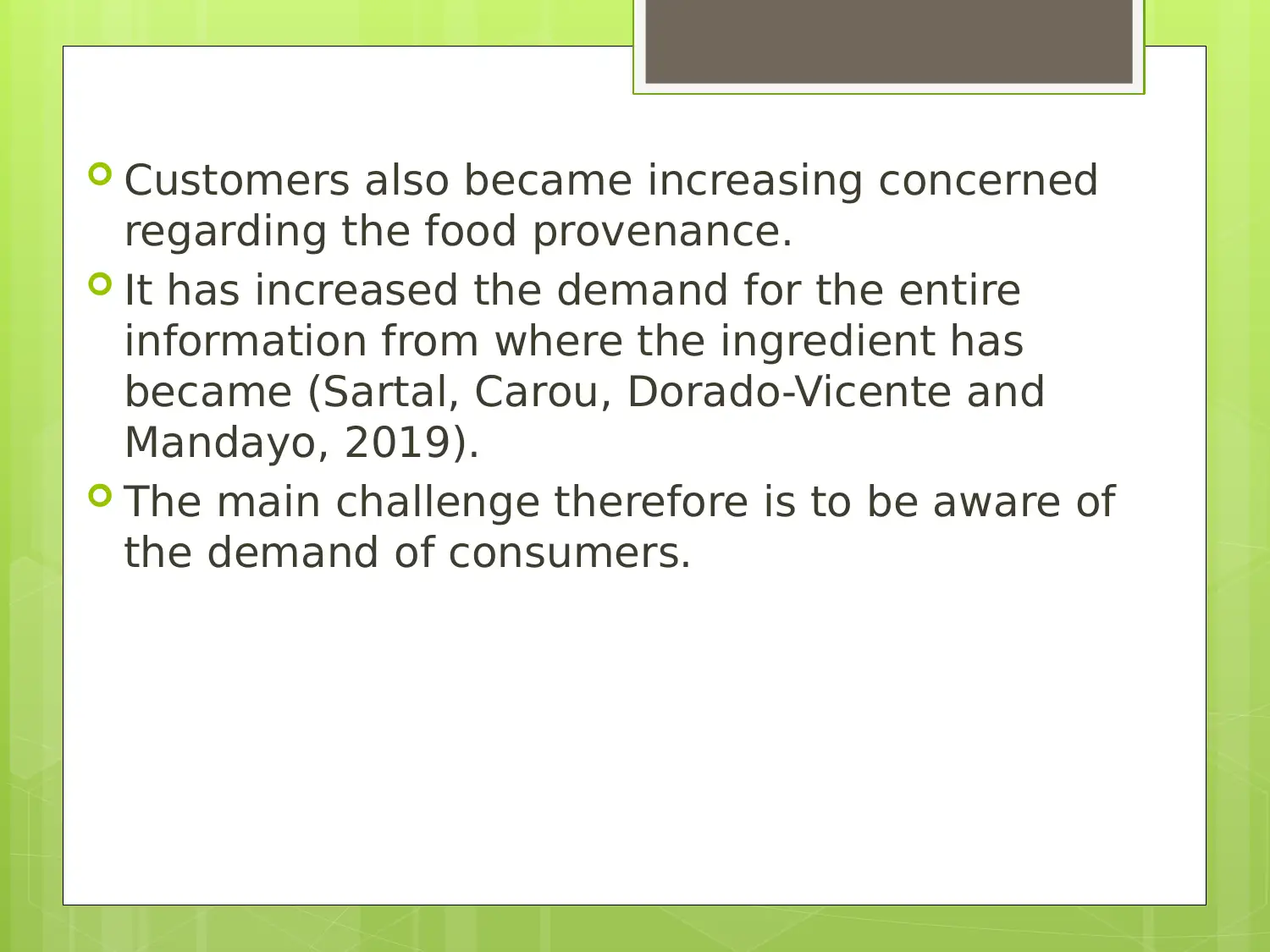
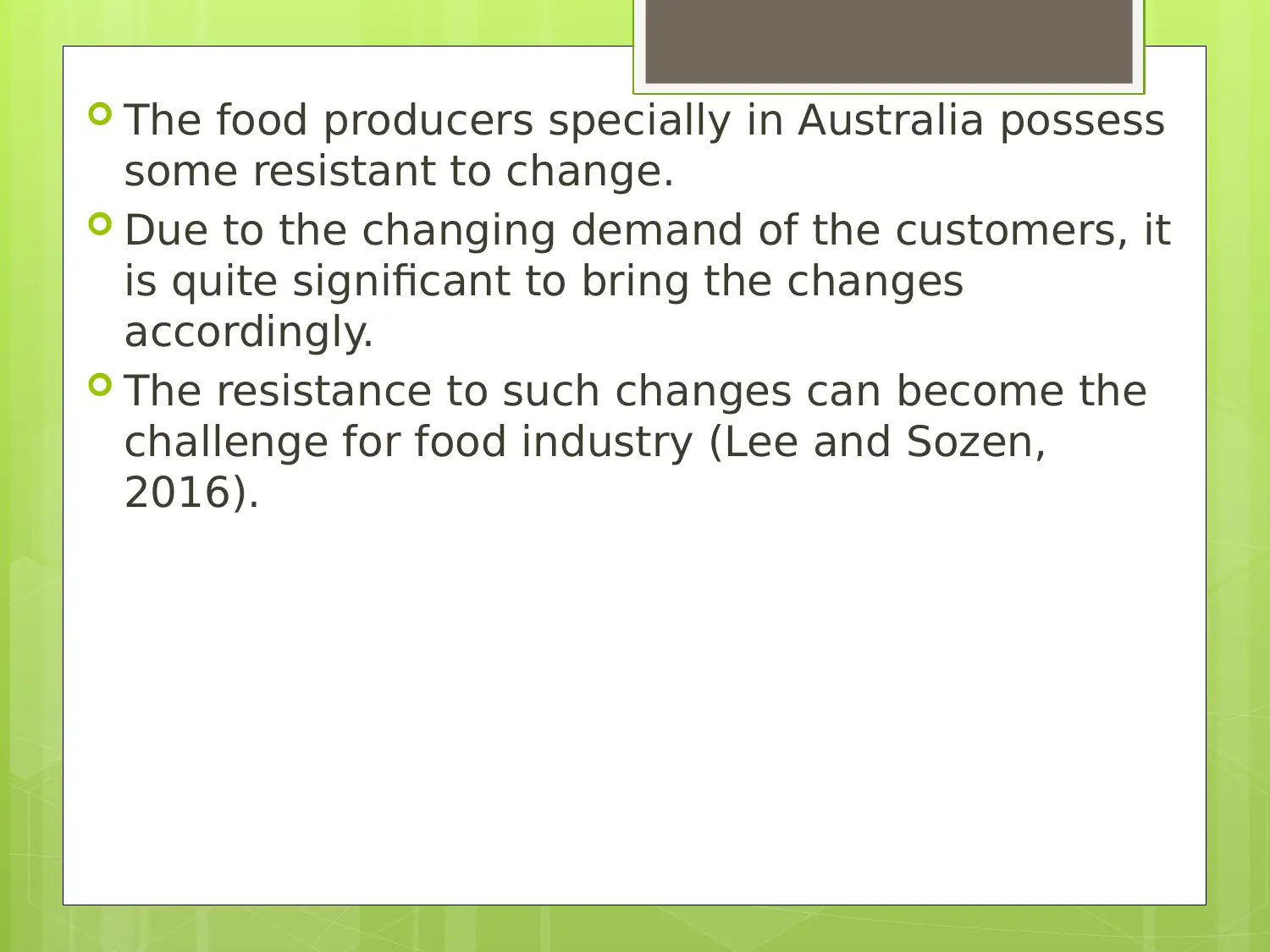
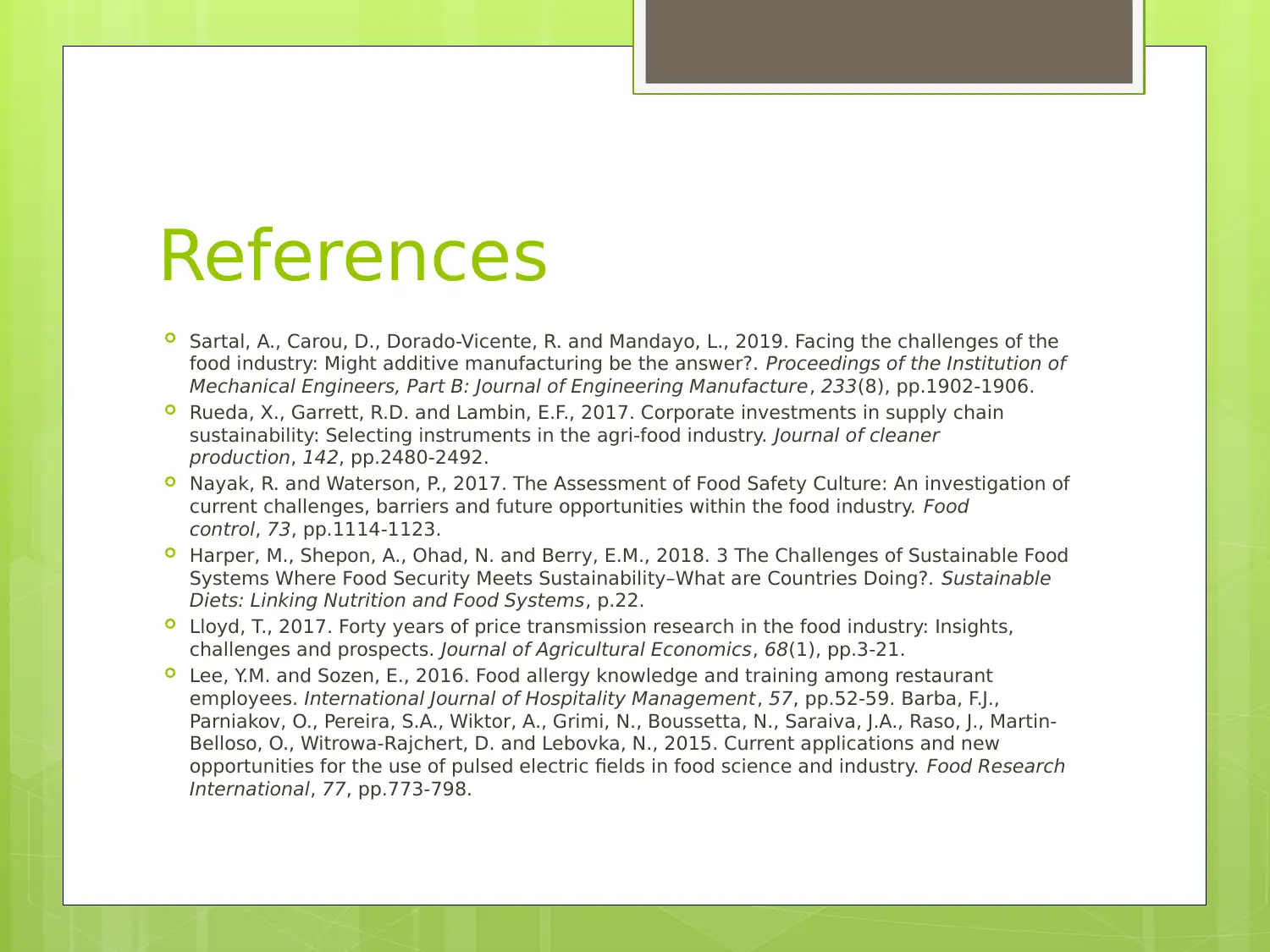



![[object Object]](/_next/static/media/star-bottom.7253800d.svg)